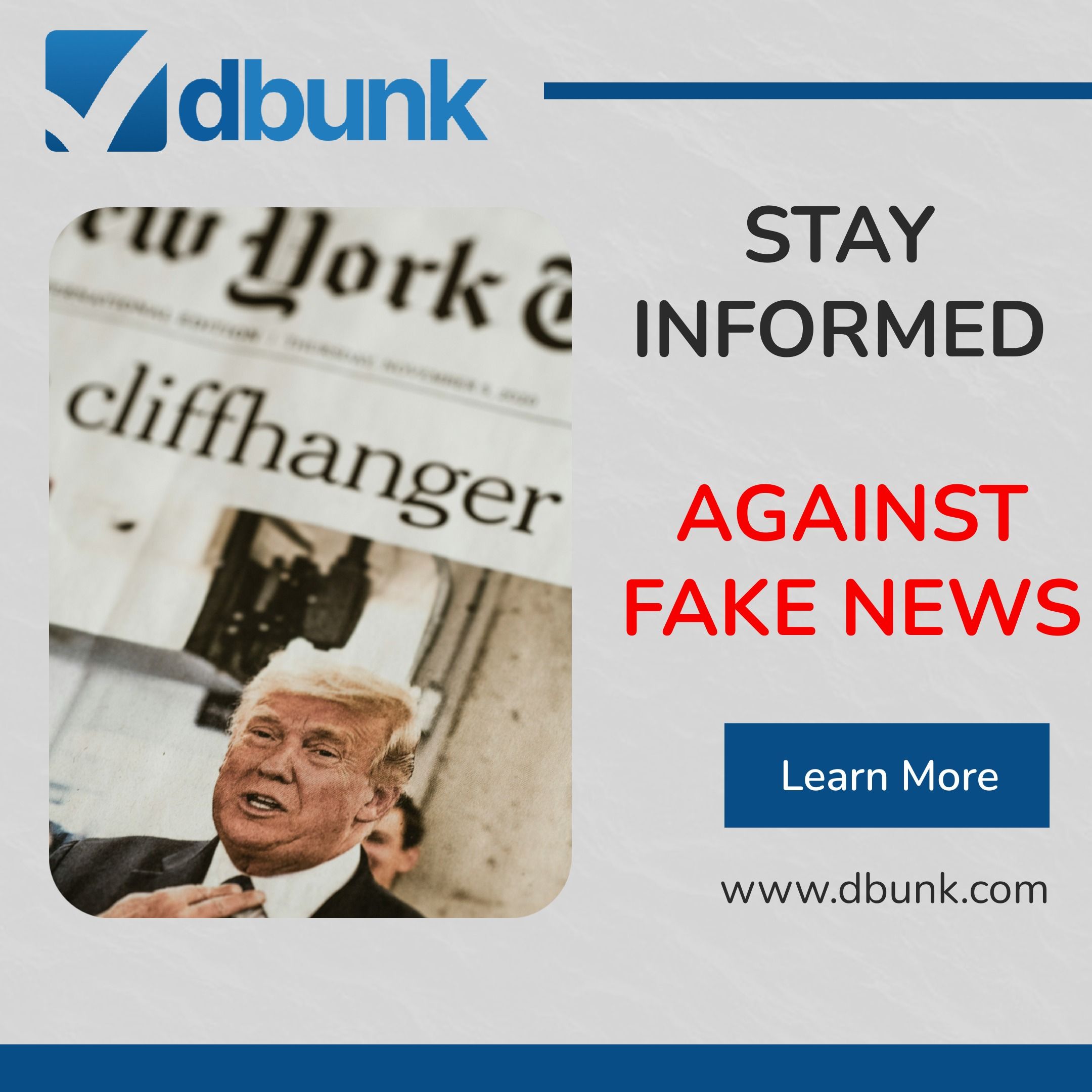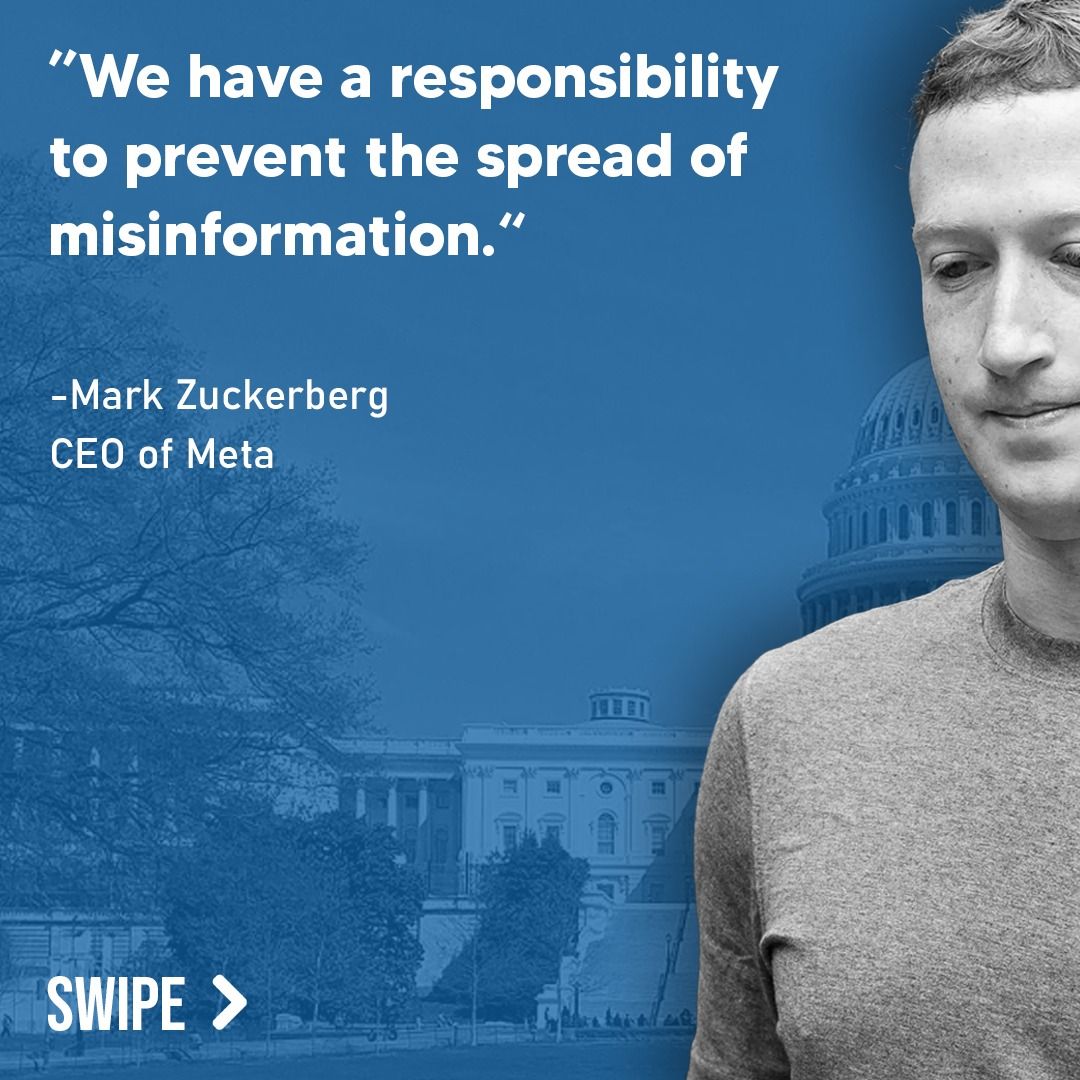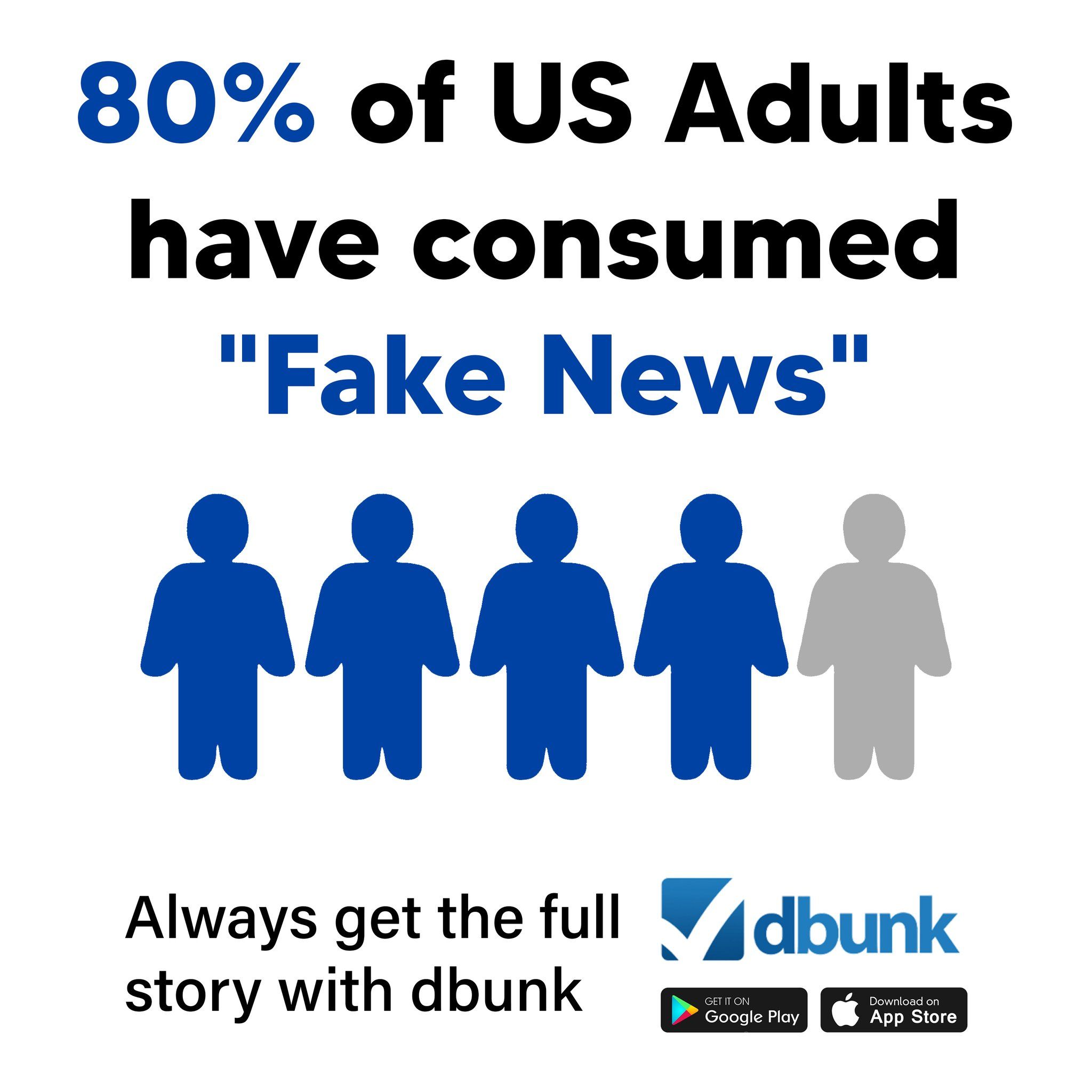“`html

Fact Check Analysis: “TikTok is now banned in America. Trump just pledged to bring it back to life”
Submitted via DBUNK’s fact-check request service: The article titled “TikTok is now banned in America. Trump just pledged to bring it back to life,” published by CNN on January 19, 2025, has drawn considerable confusion, with readers questioning whether TikTok is truly banned or if this is merely political theater. Let’s break this down and identify any misinformation or context omissions to provide clarity.
You too can submit news articles for fact-checking! Use the DBUNK app to verify what’s real and what’s not; it’s free! Don’t let false narratives cloud your understanding of world events.
Preliminary Findings
At a glance, the article suggests that TikTok has been effectively banned due to a law passed under the Biden administration and enacted on January 19, 2025. While the article includes some accurate reporting, it also contains significant missing context and potential exaggerations that mislead readers about TikTok’s legal status, the broader implications of the situation, and the legal feasibility of Trump’s proposed actions. Let’s delve into the specifics.

Misinformation and Missing Context
Issue 1: Mischaracterization of TikTok’s Ban
The article opens with the statement, “TikTok became unusable for Americans,” which misleadingly implies a permanent ban. While it is true that TikTok has gone offline temporarily due to compliance concerns from service partners like Apple and Google, the law allows for an extension or reversal under specific conditions. The article downplays the potential for change, fueling anxiety about a permanent shutdown without addressing the existing legal flexibility.
This framing is important because readers may assume the app is permanently banned, contrary to statements made by TikTok and Trump both implying otherwise. TikTok’s own notification, quoted in the article, explicitly states, “we are fortunate that President Trump has indicated that he will work with us on a solution to reinstate TikTok.”
Issue 2: Oversimplification of the Legal Landscape
The article states, “Trump can’t simply undo a law passed by Congress and signed by a president with an executive order.” While this is legally accurate, it omits critical context about the role of enforcement discretion. Executive orders cannot reverse laws, but they can suspend or delay enforcement of certain provisions. Trump’s proposed executive order to “extend the period of time” before the ban takes effect is legally feasible, though it may face judicial challenges.
By failing to fully explain this nuance, the article creates confusion for readers unfamiliar with how executive orders function alongside existing legislation.

Issue 3: Biased Framing of Trump’s Role
The article repeatedly contrasts Trump’s current stance on TikTok with his previous support for the ban during his first term as president. For example, it states, “Although Trump supported a TikTok ban in his first term as president, he has recently said he wants to keep the app alive.” While this pivot might seem contradictory to some, the article fails to explain that political perspectives often evolve based on new information or changing public opinion.
Additionally, the direct attribution of Trump’s quote, “SAVE TIKTOK!”, could be perceived as sensationalism without adequately discussing the policy context behind his shift. This framing may skew reader perceptions, especially given the political polarization surrounding Trump.
Answering the Question: Is TikTok Really Banned for Good?
To directly address the user-submitted question: No, TikTok is not “banned for good.” While the app is currently inaccessible to U.S. users due to a lapse in legal compliance, there are pathways to reverse or mitigate this ban. Trump’s proposed executive order to “extend the period of time” before enforcement and the possibility of ByteDance selling U.S. operations offer viable options for TikTok’s return.
However, legal and political hurdles remain. A permanent solution would likely involve Congressional action or a successful sale to an American buyer. Until then, TikTok exists in a legal limbo, neither fully operational nor irreversibly banned.

Conclusion
This article from CNN (available here) contains critical gaps in context and instances of biased framing. While it accurately draws attention to the complexity of TikTok’s future in the U.S., it oversimplifies the legal mechanisms at play and misrepresents the permanence of the ban. Readers are encouraged to approach this issue with nuanced understanding and wait for further developments before drawing conclusions about TikTok’s fate.
DBUNK’s Mission: Join us in the fight against misinformation, ensuring a better-informed society. Our app launches soon and will empower you to debunk stories like this one with ease. Stay tuned!
“`

